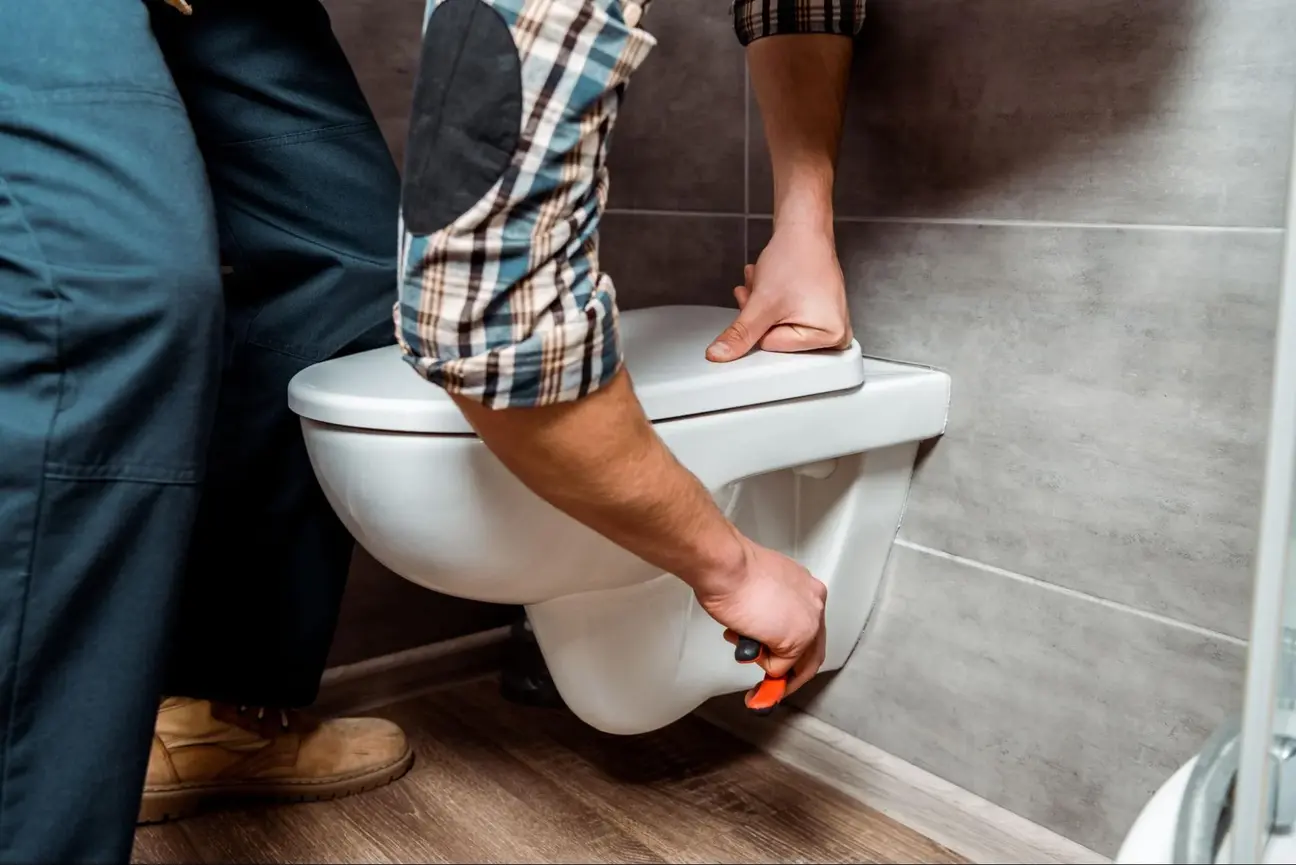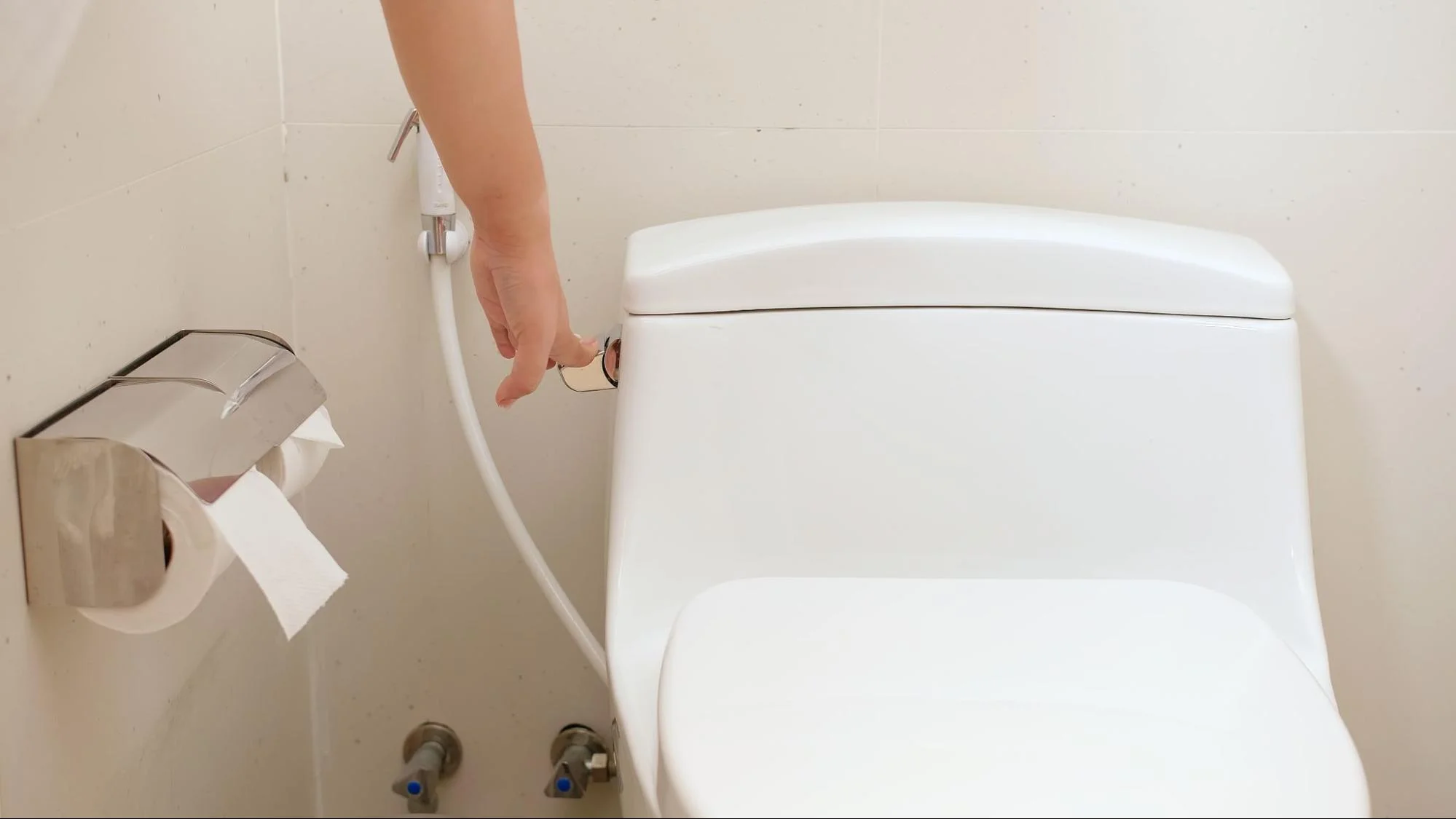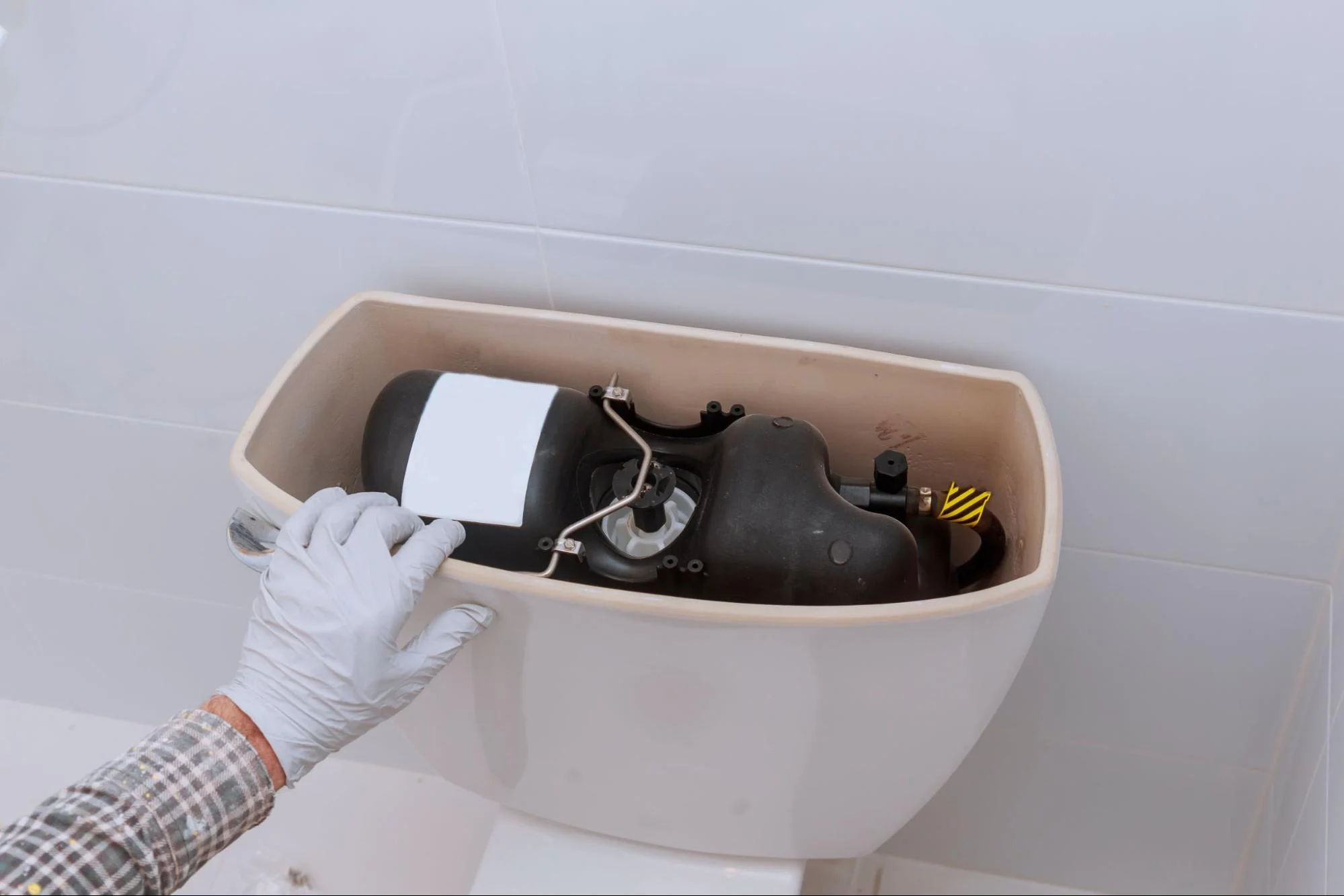
Are you tired of hearing the constant sound of water running in your toilet? A running toilet can be a frustrating and costly problem, but fortunately, it’s a relatively easy fix. In this article, we will walk you through the steps to fix a running toilet, from identifying common causes to step-by-step repair instructions.
Identifying the common causes of a running toilet is the first step to fixing the problem. There are several reasons why your toilet may be running, including a faulty flapper, a damaged fill valve, or a leaky flush valve. By diagnosing the issue, you can troubleshoot the problem and find the right solution.
With our step-by-step repair instructions, you can fix your running toilet in no time. We’ll provide you with the tools and knowledge you need to tackle this DIY project with confidence. Keep reading to learn how to fix a running toilet and save yourself time and money in the process.

If your toilet is constantly running, it’s likely that there is an issue with one of the components inside the tank. Let’s explore the most common causes of a running toilet and how to identify them.
The flapper is a rubber valve that controls the flow of water from the tank to the bowl. Over time, the flapper can become dirty, worn, or misaligned, causing it to leak and resulting in a running toilet. To inspect the flapper, flush the toilet, and watch it as the tank empties. If the flapper doesn’t close properly or there are leaks around the base, it’s time to replace it.
The flush valve is the mechanism that allows water to flow from the tank into the bowl when you flush the toilet. If the chain that connects the flush lever to the flush valve is too loose or too tight, it can prevent the valve from closing properly, causing a running toilet. Check the chain to make sure it has just enough slack to allow the valve to close completely.
The fill valve is responsible for refilling the tank after you flush the toilet. If the float mechanism is not adjusted properly, it can cause the valve to stay open, resulting in a running toilet. Check the water level in the tank and make sure it’s not too high or too low. If the water level is too high, adjust the float mechanism by bending the float arm or adjusting the adjustment screw until the water level reaches the critical level mark.
If the water level is too low, adjust the float mechanism by bending the float arm or adjusting the adjustment screw until the water level is at the correct level. By inspecting the flapper, examining the flush valve and chain, and checking the fill valve and float mechanism, you can identify the most common causes of a running toilet and take the necessary steps to fix them, ensuring your plumbing system is in good shape.

If your toilet is running, it’s important to fix it as soon as possible to avoid wasting water and increasing your water bill. In this section, we’ll provide step-by-step instructions on fixing a running toilet.
The flapper is a rubber valve that controls the flow of water from the tank to the bowl. Over time, the flapper can wear out and start leaking, causing your toilet to run. To replace the flapper, follow these steps:
The float and fill valve control the water level in the tank. If the water level is too high, it can overflow into the overflow pipe and cause your toilet to run. To adjust the float and fill valve, follow these steps:
If the flush handle or chain is loose or broken, it can cause your toilet to run. To fix the flush handle and chain, follow these steps:
By following these step-by-step instructions, you should be able to diagnose and fix most issues that cause a running toilet. If you’re still having problems with your toilet, it might be time to call a plumber. Remember, fixing a running toilet is important to conserve water and keep your plumbing in good working order.
Dealing with a running toilet can be frustrating, but with the right tools and knowledge, you can easily fix the issue. First, it is important to understand that a running toilet can be caused by several factors, such as a damaged flapper, a faulty fill valve, or a loose flush handle. One of the most common causes of a running toilet is a flapper that is not sealing properly. If this is the case, you can easily replace the flapper with a new one.
To replace the flapper, turn off the water supply to the toilet and flush it to drain the water from the tank. Remove the old flapper and install the new one according to the instructions on the package. Make sure that the chain connecting the flapper to the flush lever arm has a little slack when the flapper is closed.
Another cause of a running toilet is a faulty fill valve. If the fill valve is not working properly, it can cause the tank to overfill and the excess water to flow into the overflow tube. To fix this issue, you can replace the fill valve with a new one.
To replace the fill valve, turn off the water supply to the toilet and flush it to drain the water from the tank. Disconnect the water supply line and unscrew the locking nut on the bottom of the tank to remove the old fill valve. Install the new fill valve according to the instructions on the package and reconnect the water supply line.
In summary, fixing a running toilet is a simple task that can be done by anyone with the right tools and knowledge. By following the steps outlined in this guide, you can save money on plumbing bills and avoid the frustration of a constantly running toilet.
If you are not comfortable fixing a running toilet on your own, you can always call a professional plumber. Kaminskiy Care and Repair offers expert plumbing and handyman services that ensure and guarantee your toilets are leak-free. Contact us today.
If your toilet continues to run after flushing, there are a few steps you can take to fix the problem. First, check the water level in the tank and adjust the float arm if necessary. Next, inspect the flapper for damage or discoloration and replace it if needed. You can also check the fill valve and float ball for issues and replace them if necessary. Finally, check the flush valve and adjust it if needed.
If your toilet doesn’t have a flapper, it may have a different type of valve that controls the water flow. In this case, you can try adjusting the valve to see if that stops the running. If that doesn’t work, you may need to replace the valve entirely. It’s best to consult a professional plumber to ensure the repair is done correctly.
If your toilet occasionally starts running on its own, it may be due to a faulty flapper or fill valve. Over time, these parts can wear out or become damaged, causing the toilet to run. It’s best to replace these parts to prevent further damage to your toilet.